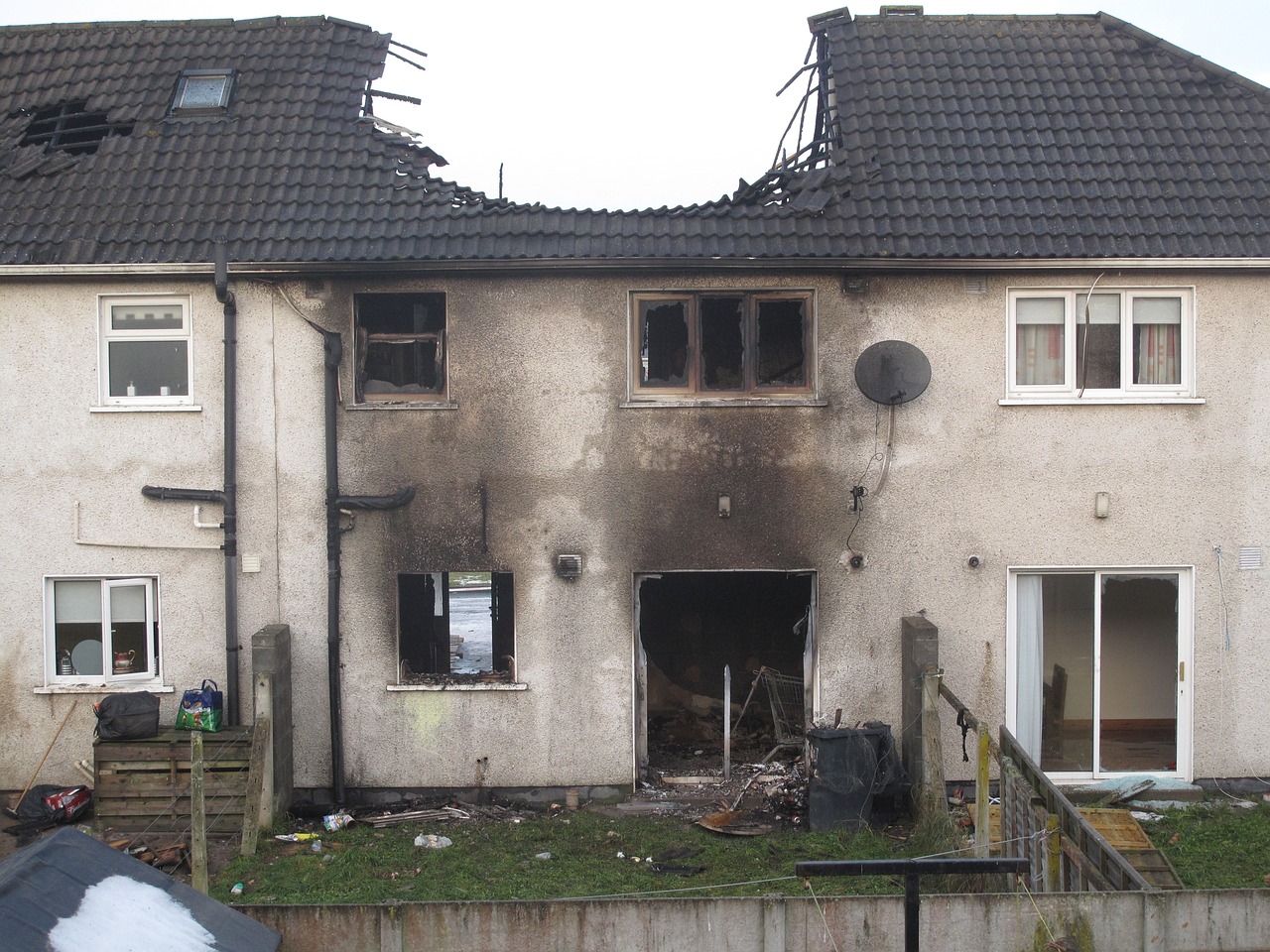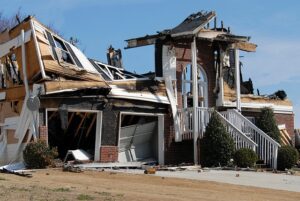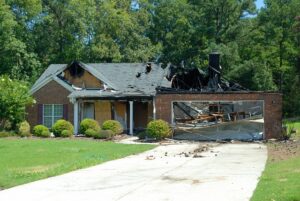Things That Can Lower the Asking Price of Your Burned-out Home

While dealing with the aftermath of a fire is undoubtedly overwhelming and emotionally taxing, note that sometimes the best way out of this unfortunate event is to sell your home as it. You can learn more about this alternative in this Expert Guide to Selling a Fire Damaged Homes.
That’s why it’s a must for you to know the value of your property for the best asking price. Today, we’ll be taking a look at factors that can affect the asking price of your burned-out home. So, let’s jump right in.
Extensive Structural Damage
 When a fire ravages through a property, it can weaken the foundation, compromise load-bearing walls, and cause widespread destruction. Potential buyers are understandably concerned about the safety and stability of a home with such issues. Structural damage may include cracked or crumbling walls, sagging ceilings or floors, and compromised support beams.
When a fire ravages through a property, it can weaken the foundation, compromise load-bearing walls, and cause widespread destruction. Potential buyers are understandably concerned about the safety and stability of a home with such issues. Structural damage may include cracked or crumbling walls, sagging ceilings or floors, and compromised support beams.
These visible signs of destruction raise red flags for buyers looking for homes in good condition. In addition to compromising safety and aesthetics, repairing extensive structural damage can be costly. Professional assessments and repairs may require substantial financial investment before the property is deemed safe to occupy again.
Smoke Stains, Soot, and Odors
These remnants can be unsightly and off-putting to potential buyers. The discolored walls and ceilings may give the impression that extensive work is required to restore the property to its former glory. However, don’t let these cosmetic issues deter you from considering purchasing a burned-out home. Smoke stains can often be remedied with proper cleaning techniques or by repainting affected areas. Soot removal may require professional assistance but is typically manageable.
Plumbing Damage
When it comes to a burned-out home, plumbing damage is often an unfortunate reality. The intense and extreme heat from the fire can cause pipes to burst or melt, leading to leaks and water damage throughout the property. One of the most obvious signs of plumbing damage is visible water stains on ceilings, walls, or floors. These unsightly marks not only detract from the overall appearance of the home but also indicate potential underlying issues that need immediate attention. In addition to water stains, another common problem resulting from plumbing damage is low water pressure. This could be caused by clogged or damaged pipes that restrict the flow of water throughout the house. Moreover, plumbing damage can also lead to mold growth if left unattended. So it’s fair if you can lower your asking price if your previously burned-out home has plumbing issues.
Dangerous Electrical Wiring
 Aside from those three, electrical issues can also occur, and these become a serious concern that potential buyers will not take lightly. When a fire occurs, it often damages the electrical system in the house. Wires may become charred or melted, circuits may be overloaded and damaged, and electrical panels may need to be replaced. All of these factors pose a significant safety risk.
Aside from those three, electrical issues can also occur, and these become a serious concern that potential buyers will not take lightly. When a fire occurs, it often damages the electrical system in the house. Wires may become charred or melted, circuits may be overloaded and damaged, and electrical panels may need to be replaced. All of these factors pose a significant safety risk.
Buyers are aware that repairing or replacing an entire electrical system can be costly and time-consuming. They understand the potential dangers associated with faulty wiring, such as electrocution or further fires. In addition to safety concerns, outdated or unsafe wiring could also lead to higher insurance premiums for homeowners. Insurance companies may view properties with faulty electrical systems as high-risk and charge accordingly. So that’s it. Now, let’s wrap things up. When it comes to selling a burned-out home, there are several things that can lower its asking price. From extensive structural damage to the lingering signs of smoke and soot, these issues can make potential buyers hesitant and drive down the value of your property. However, with some strategic planning and action, you can still get the most out of your sale.
